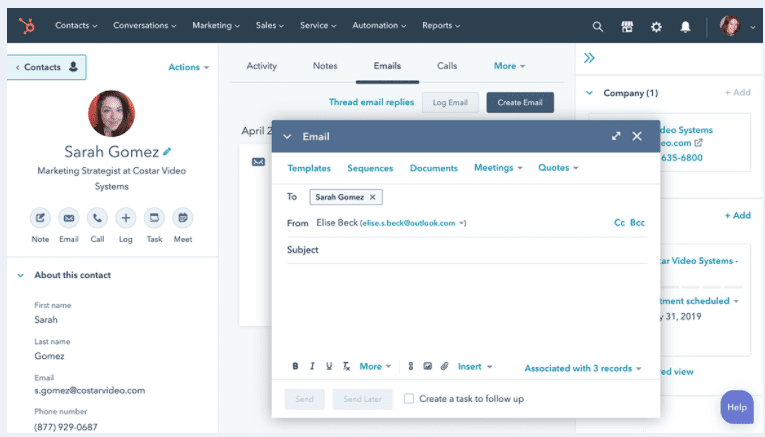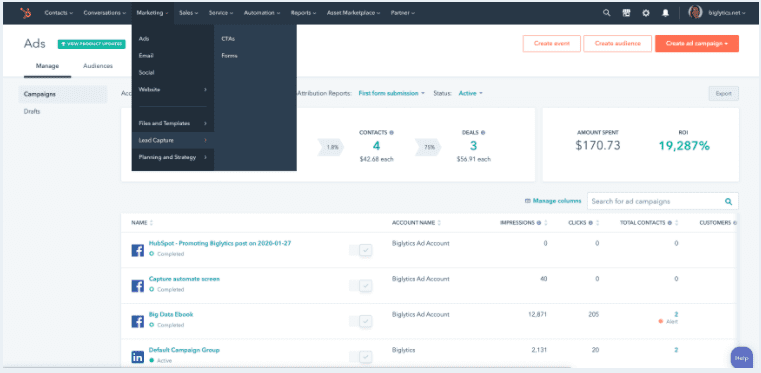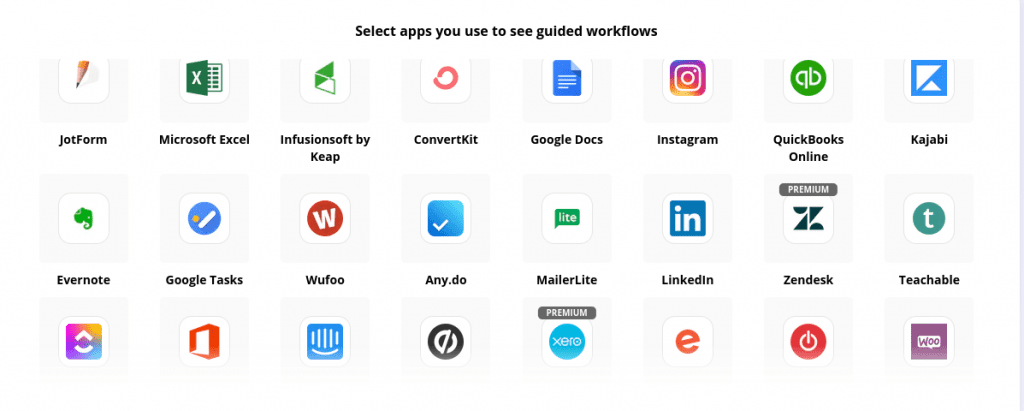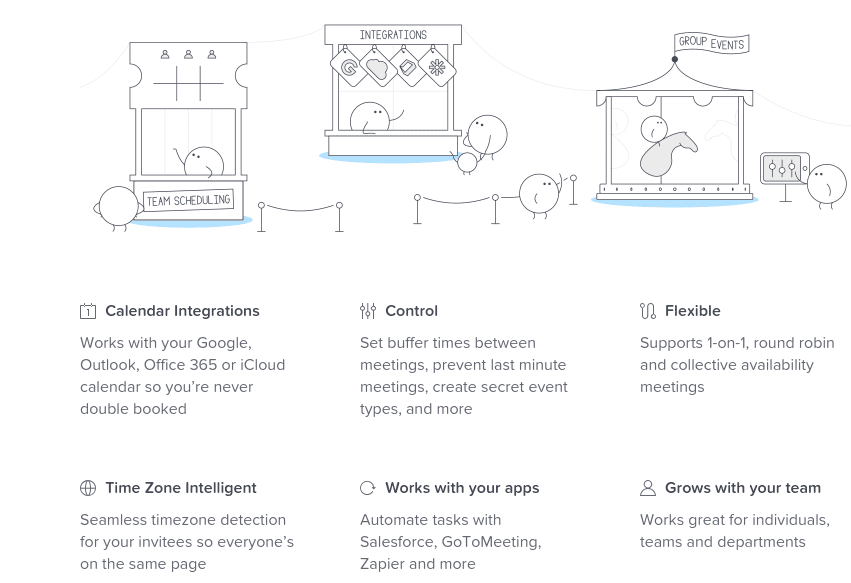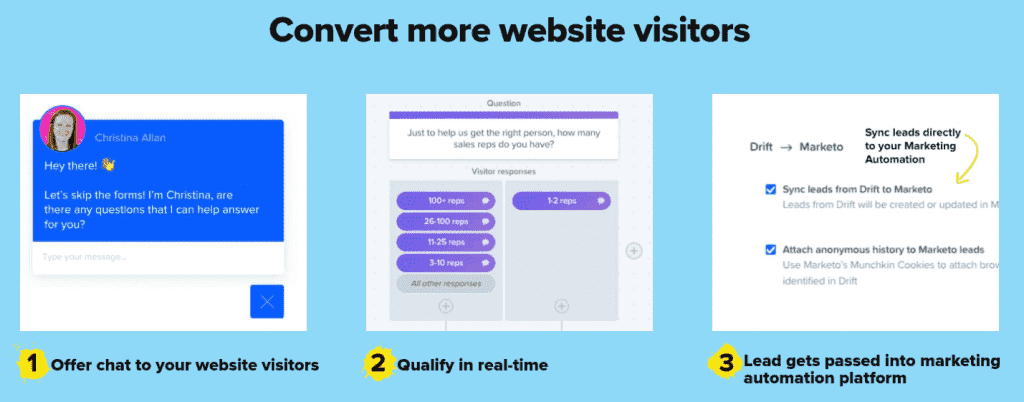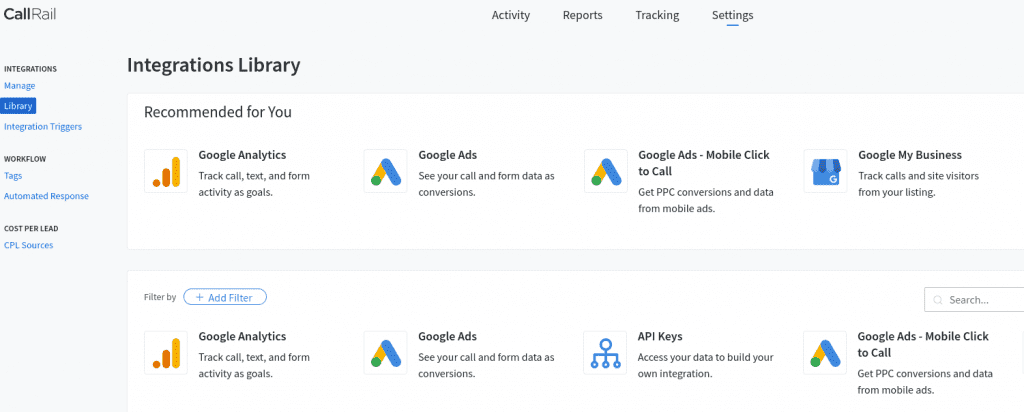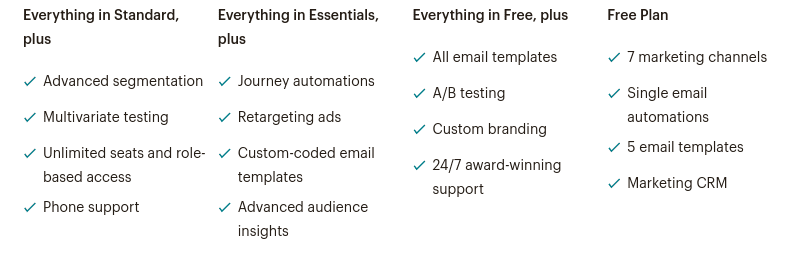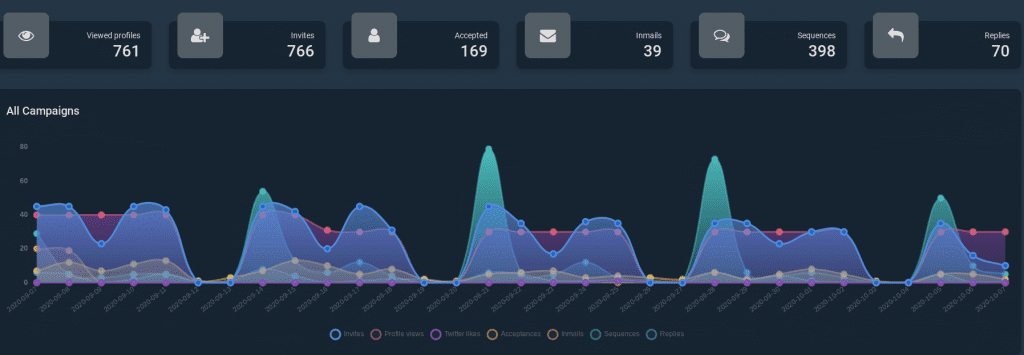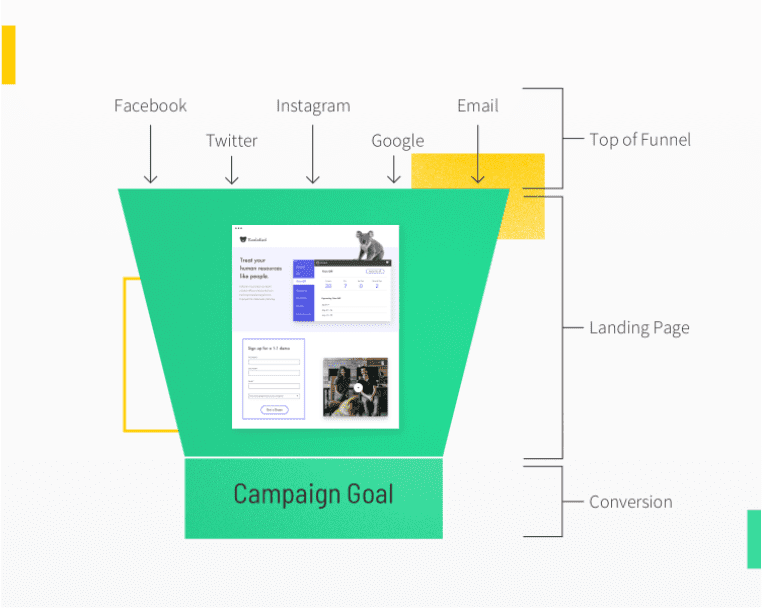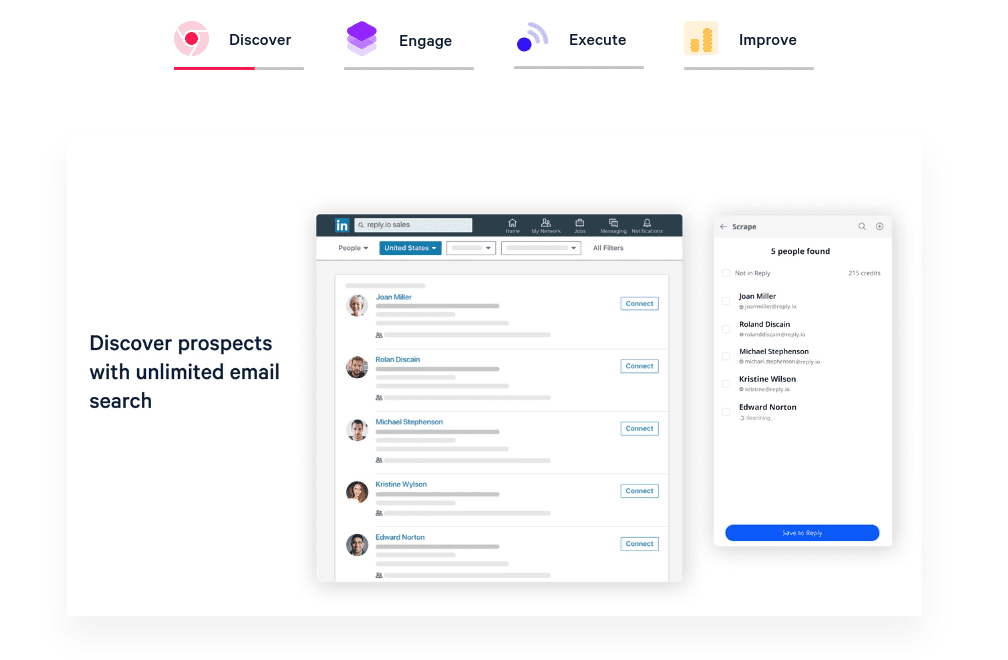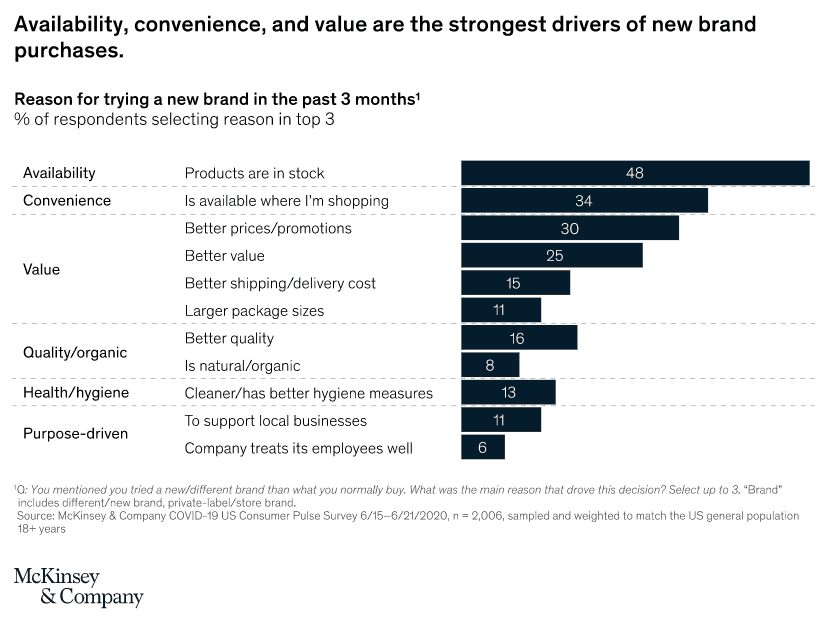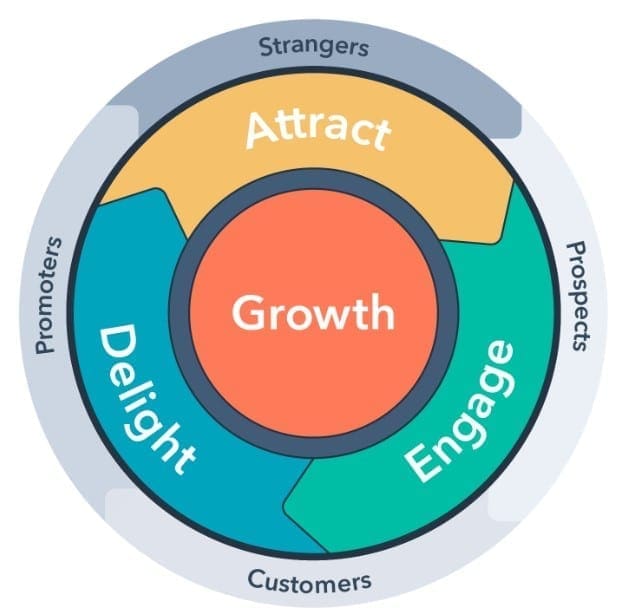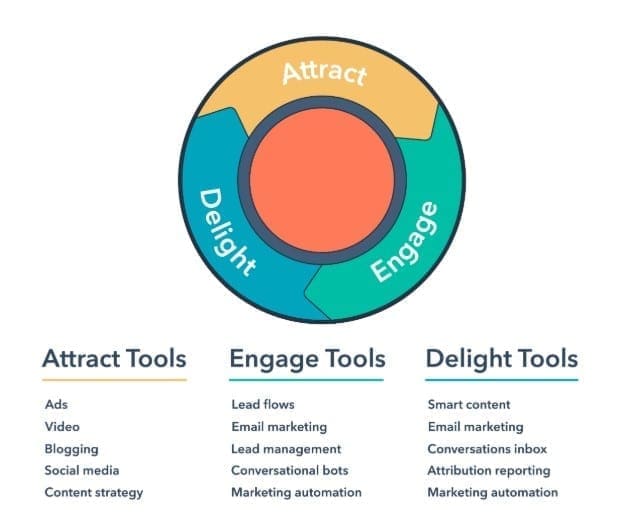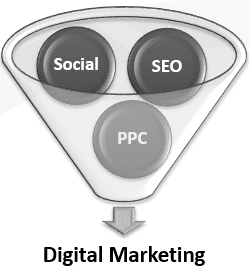While Conversions and Leads can be the same thing, that is not always the case (nor should it be.) To simplify, let’s define each term in order to make a clear and easy distinction. Sometimes multiple Conversions occur before someone becomes an actual Lead for your business. In the case of E-commerce, an online sale is a Conversion when it turns a User into a customer, skipping the Lead phase altogether. But, before we get too far ahead, let’s clearly define our terms:
Conversion – Action take, often online via a web page, app, or a phone call.
Lead – Person who has self-identified as someone interested in becoming a customer/client.

For example, a User might Convert once by watching an informational video. While this action would trigger a Conversion, no identifiable information is exchanged, so the User is not yet a Lead. However, when the User later downloads a case study and provides a name and contact information, they become a Lead. Marketing pros would score this as 2 Conversions and 1 Lead.
Generate Leads To Grow Business Revenue
The top priority for marketers is generating leads. (HubSpot, 2020)

Revenue comes from sales, which come from customers, who were once Leads; but how do people become Leads? That depends on what you are offering. A Lead is someone who identifies themself as interested in your products/services. How is this accomplished? Most commonly, it comes in the form of a submission or phone call.
A phone call happens when someone is ready to have a conversation, and ideally, someone on your end is ready to have the same conversation!. A form submission, on the other hand, could happen for any number of reasons, depending on what you offer. The most basic is a simple “Contact Us!” form, but that doesn’t give the new Lead anything except the anticipation of hearing back from you. To get more form submissions, offer something to the User (whitepaper, case study, audit, etc.) to entice them to become a new Lead.
Generating Leads – Now What?
As you collect and keep your new Lead information, your CRM will fill up nicely. Make sure you are continuing to follow-up with your new Leads by showcasing the benefits of becoming your customer.

